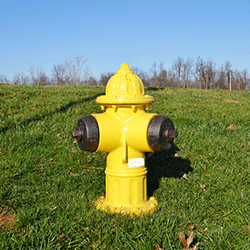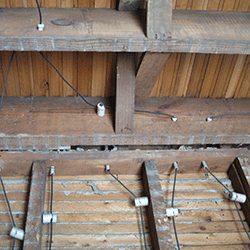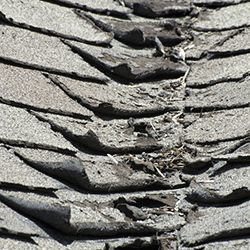
If you're planning your weekends by all the open house notices, consider how your choice of new home may affect the ease of getting home insurance and how much you will pay for coverage.
Location, location, location
Homes located significant distances away from fire hydrants and fire halls are likely to have higher home insurance premiums as it will take emergency personnel longer to get to your home in the event of a fire, and set up to fight the fire.
The age of the house
Homes with newer electrical, heating, and plumbing systems are less susceptible to fire and other hazards. This means you're less likely to make a claim and as a result, you will have lower home insurance costs.
The electrical system

If the home of your dreams is older, look for homes that have been updated to a 100 or 200-amp service. Anything less and your home insurance provider may require that you up your amps to safely accommodate your home's electrical needs. If the home has knob and tube wiring (common in homes until the 1950s) chances are you'll have to replace it, as insurers typically consider it to be a higher risk.
The plumbing
Don't worry if you're not a plumber, you can tell the age of your plumbing by looking for newer plastic or copper pipes instead of the older galvanized type. Galvanized pipes are most commonly found in homes built before 1950 and the reason they're replaced nowadays is because they only have a lifespan of about 50 years, and over time may rust or corrode increasing the chance of water damage.
The woodstove or pellet stove
If there's a woodstove or pellet stove in the house your insurance company may want to have it inspected before providing coverage to ensure it has been properly installed and maintained. There may also be an auxiliary heating surcharge on the premium.
Oil tanks
Oil tanks that are 25-years-old or older may need to be replaced because they are at risk to rust, deteriorate and leak which can be costly to clean up. If the tank is newer however, you may simply have to have it inspected to ensure it has been installed and maintained properly.
Construction materials
Homes built with materials like marble and hardwoods are usually more expensive to insure than homes without these pricey materials because they increase the replacement value of the home. The replacement value of your home is the price to rebuild your house (with materials of like kind and quality) after a serious loss, like fire. Because the home would cost more to replace, the insurance premiums are often higher as well.
The age of the roof

The age of the roof and its current condition are indicators of the potential for future insurance claims. Find out the expected life-span of the roof and look for signs of wear and tear like moss growth, curled shingles or stained interior ceilings.
Is there a pool?
Pools add to the replacement cost for your property and pose an increased liability risk. Chances are a home with a pool will cost more to insure to offset these two factors.
New home insurance
When you finally decide on the new house of your dreams, don't forget to compare home insurance quotes to save money on the homeowner's insurance you need to protect your investment.
Looking for more information on buying a home in Canada or home insurance?
Check out the following Kanetix.ca home insurance articles:




